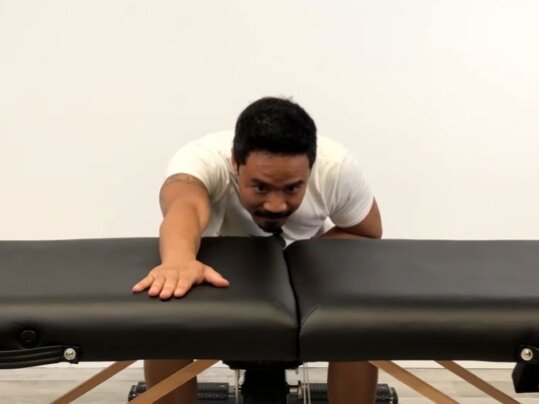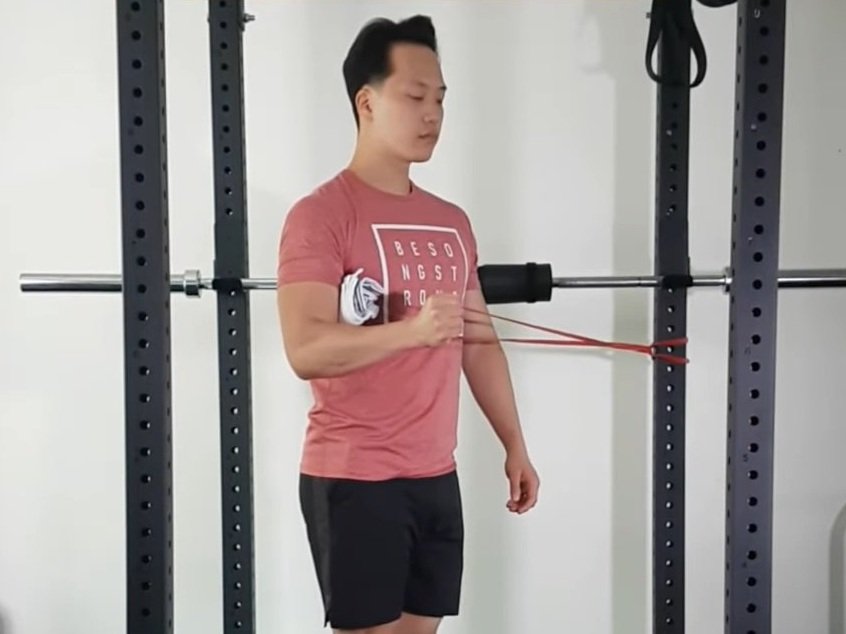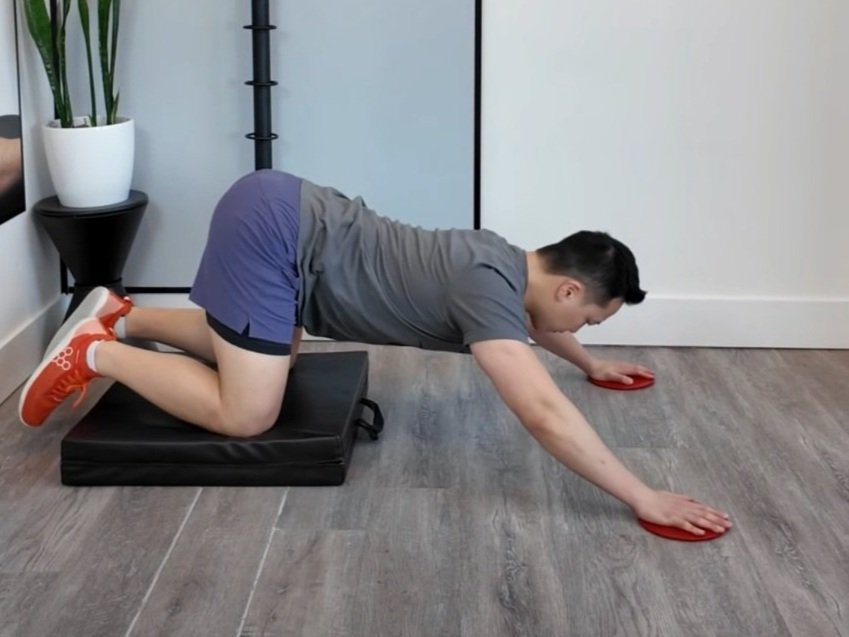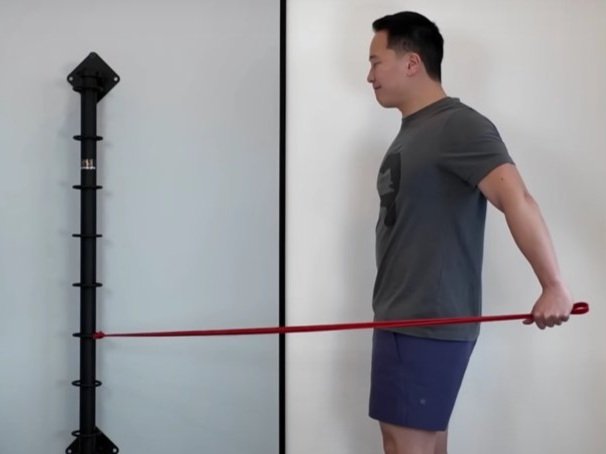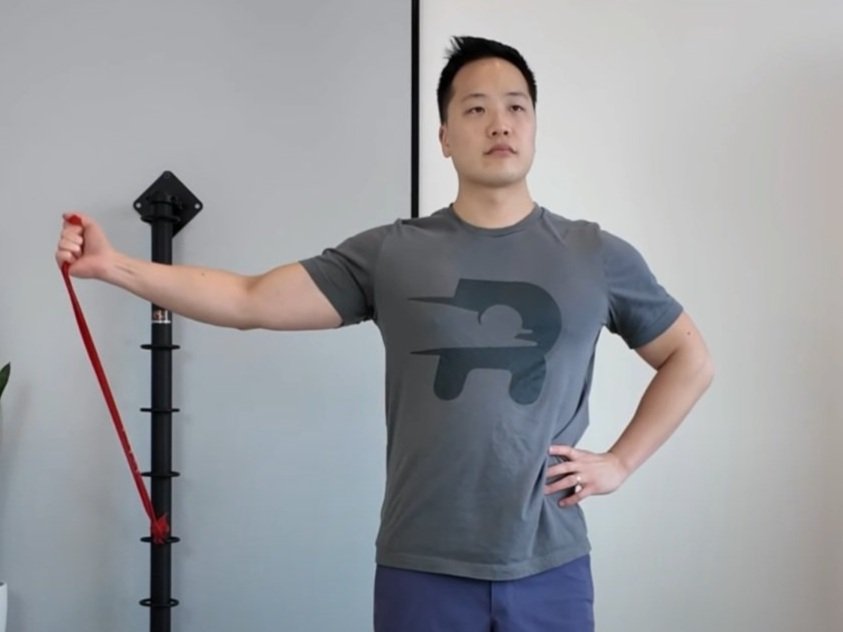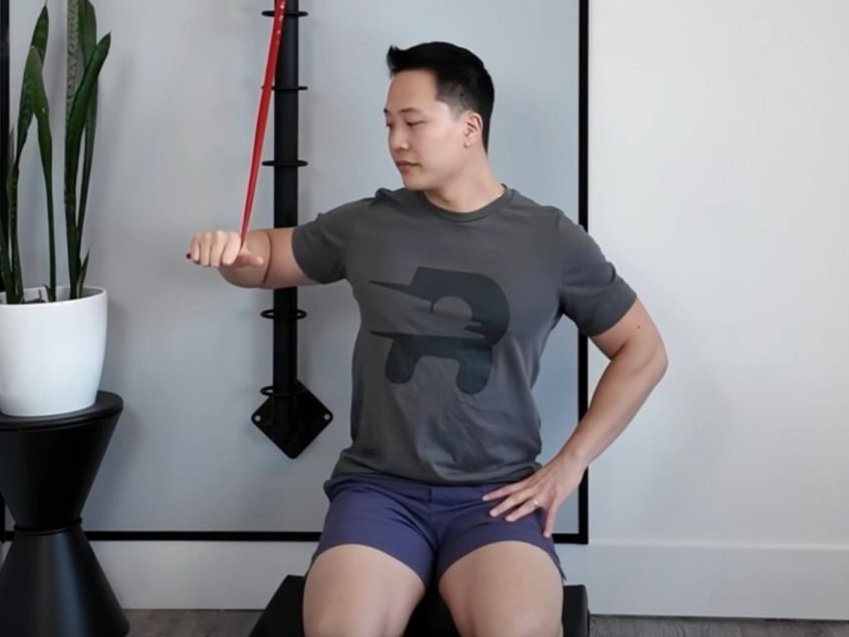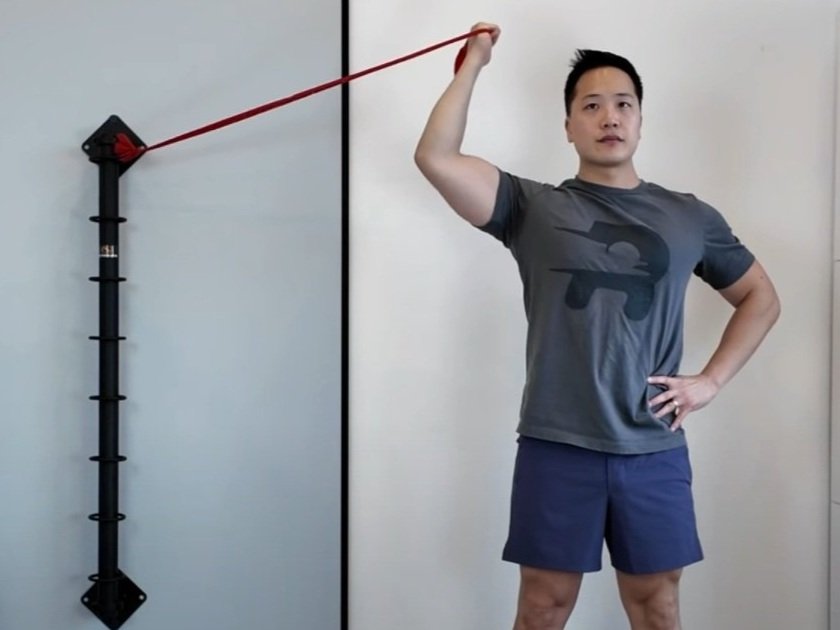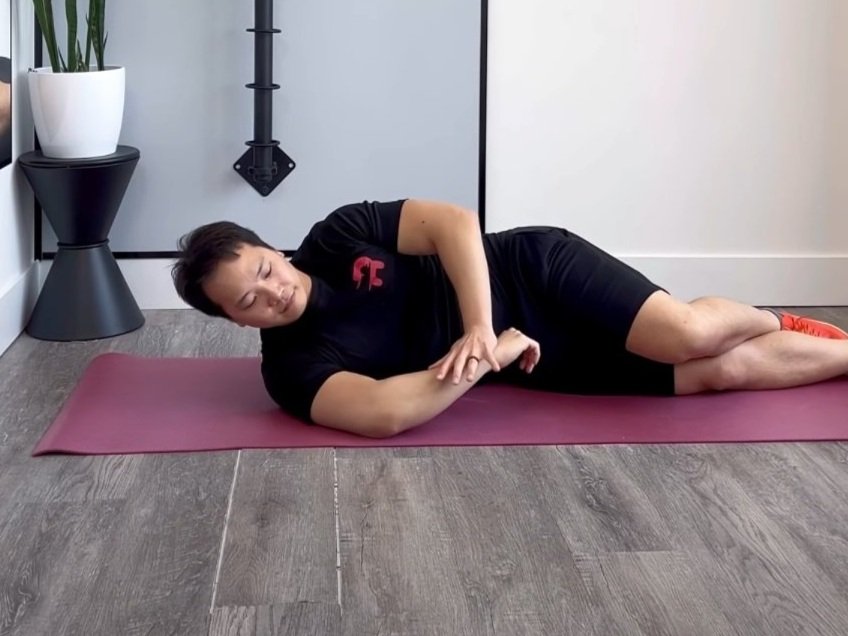AC Joint Sprain
AC Joint Sprain
Learn about the classifications of AC Joint Sprains
What is the AC Joint?
The acromioclavicular (AC) joint is an innately unstable joint that relies on capsular ligaments and extracapsular ligaments for joint stability. The superior AC ligament is the strongest and is reinforced by the deltoids and upper trapezius muscles. Extracapsular ligaments include the coracoclavicular ligaments (conoid and trapezoid) and the coracoacromial ligament. Anterior-posterior stability is dependent on the AC ligaments, and superior stability is dependent on the coracoclavicular ligaments.
How do AC joint sprains occur?
Injuries to the acromioclavicular joint most commonly occur after a fall or direct blow to the shoulder. As a result of AC joint sprains, complications may arise which include strength deficits, osteoarthritis of the AC joint, osteolysis of the distal clavicle, and failure to return to optimal function.
What are the types of AC joint sprains?
There are currently 6 types of AC joint sprains of varying severity.
Type I - The AC ligaments are sprained or partially torn but functionally competent, and the coracoclavicular ligaments are intact. X-rays reveal no abnormal findings
Type II - The AC ligaments are completely torn and the coracoclavicular ligaments are sprained. X-rays may reveal slight increases in AC interspace and vertical separation
Type III - The AC and coracoclavicular ligaments are disrupted, and the deltoid and trapezius insertions are torn from the distal clavicle. X-rays reveal gross displacement of the distal clavicle superiorly relative to the acromion, and 25-100% increase of the coracoclavicular interspace is noted compared to the contralateral side. Severe pain is experienced.
Type IV - Same as Type III but with the lateral end of the clavicle displaced posteriorly into the trapezius. X-rays reveal posterior translation of the clavicle on the axillary view. Severe pain is experienced.
Type V - Same as Type III but the deltoids and trapezius are grossly detached. X-rays reveal an increase of coracoclavicular interspace of 100-300%. Severe pain is experienced.
Type VI - Rare injuries from hyperabduction and external rotation. The distal clavicle lies in the subacromial or subcoracoid space. The AC ligaments are disrupted. Variable injuries to the deltoids and trapezius insertions. X-rays reveal a decrease in coracoclavicular interspace. Severe pain is experienced.
Subacromial lesion - the coracoclavicular ligaments are intact. X-rays reveal clavicle is inferior to acromion.
Subcoracoid lesion - disruption of the coracoclavicular ligaments. X-rays reveal clavicle is inferior to coracoid.
What does an AC joint sprain look like?
Clinical presentation includes signs of direct trauma, focal tenderness with shoulder motion, patient may hold their arm in adduction to relieve AC joint tension, and observable clavicle displacements in types IV-VI. Types I-III can be treated conservatively with results comparable to or better than surgical intervention, types IV-VI however will require surgery.
What are the AC joint sprain tests?
In addition to x-ray findings, other tests may be performed to assess for an AC joint sprain by a physiotherapist or chiropractor near you. Upon observation a step deformity may be noted (also known as piano key sign). This deformity appears as an elevated clavicle relative to the shoulder and is compared to the unaffected sign as a reference point for normal alignment. Additional provocative tests include:
AC Shear Test - This test is performed to test the integrity of the AC joint. The clinician will place one hand along the front of the clavicle and the other hand on the back of the shoulder and compress the hands together to shear the AC joint. A positive test is confirmed when pain is reproduced or joint laxity is palpated.
Horizontal Adduction Test - This test is performed to assess the irritability of the AC joint. The clinician will raise the affected side’s arm to shoulder height and proceed to adduct the arm to approximate the AC joint (arm hugging the body position). This test is positive when pain is reproduced. However, this test may also be falsely positive with rotator cuff or labral pathology.
AC Joint Resisted Test - For this test, the clinician will flex the shoulder to 90 degrees with the arm internally rotated. From here the patient is cued to abduct the arm against clinician resistance (clinician’s hand placed on patient’s elbow). A positive test is reproduction of pain in the AC joint.
Who can treat an AC joint sprain?
For Types I-III you may visit your local chiropractor or physiotherapist for conservative treatment. Treatments may include modalities geared towards symptom management and pain reduction during acute phases of healing. During subacute and chronic phases of healing, your clinician will prescribe exercises to restore joint stability, range of motion, and function.
Massage therapy can be used as an adjunct therapy with a focus on myofascial trigger points and myofascial release of the shoulder muscles. Once acute stages of healing are completed, techniques such as cross friction massage may be used to promote recovery.
To get your shoulder assessed and treated by a Rehab Hero therapist, click the button below:
Which exercises can I do for an AC joint sprain?
Exercises will depend on the severity of the injury and stage of healing the AC joint is in. Initial rehabilitation programs should progress slowly and remain in a pain free range of motion to prevent re-injury.
Type I injuries require activity modifications which may include the use of a sling until symptoms reduce. Following this, range of motion exercises including horizontal adduction and arm behind the back movements can be slowly introduced to desensitize movements.
Type II injuries require a sling for at least 2-4 weeks initially. During this time passive range of motion and active range of motion exercises may be used to maintain shoulder mobility. Heavy lifting and contact sports should be avoided for 6-12 weeks to allow healing of the joint to occur and to prevent the injury from progressing to a Type III injury. Examples of exercises include the Shoulder Pendulum exercise and the Shoulder Flexion Table Slide.
Shoulder Pendulum
Shoulder Flexion Table Slide
Type III injuries may require an orthopedic consult to assess for surgical requirements. Together with your physiotherapist or chiropractor, they can determine whether a conservative treatment approach is appropriate initially to resolve symptoms or to improve surgical prognosis. If a conservative treatment approach is required, then the same initial steps used in Type II injuries may be used.
Mid to late stage healing exercises will generally have a focus on isometric loading of the shoulder muscles to progressively improve tolerance to load. Exercises may progress to eccentric based exercises once isometric exercise results have plateaued. An example of an isometric exercise is the External Rotation Side Step exercise:
An example of an eccentric exercise target the same muscle group is the Eccentric Shoulder External Rotation exercise:
For additional and specific exercises it is recommended to consult a highly rated health care provider near you. To see a Rehab Hero therapist click the button below:
Written By:
Dr. David Song, Chiropractor, Rehab Coach
References
1. Clarke H, McCann P. ACROMIOCLAVICULAR JOINT INJURIES. Orthopedic Clinics Of North America [serial on the Internet]. (2000, Jan 1), [cited November 8, 2017]; 31177-187. Available from: ScienceDirect.
2. Gladstone J, Wilk K, Andrews J. Nonoperative treatment of acromioclavicular joint injuries. Operative Techniques In Sports Medicine [serial on the Internet]. (1997, Apr), [cited November 8, 2017]; 5(2): 78-87. Available from: CINAHL Plus with Full Text.
3. Reid D, Polson K, Johnson L. Acromioclavicular joint separations grades I-III. A review of the literature and development of best practice guidelines. Sports Medicine (Auckland) [serial on the Internet]. (2012, Jan 1), [cited November 8, 2017]; 42(8): 681. Available from: AMED - The Allied and Complementary Medicine Database.



